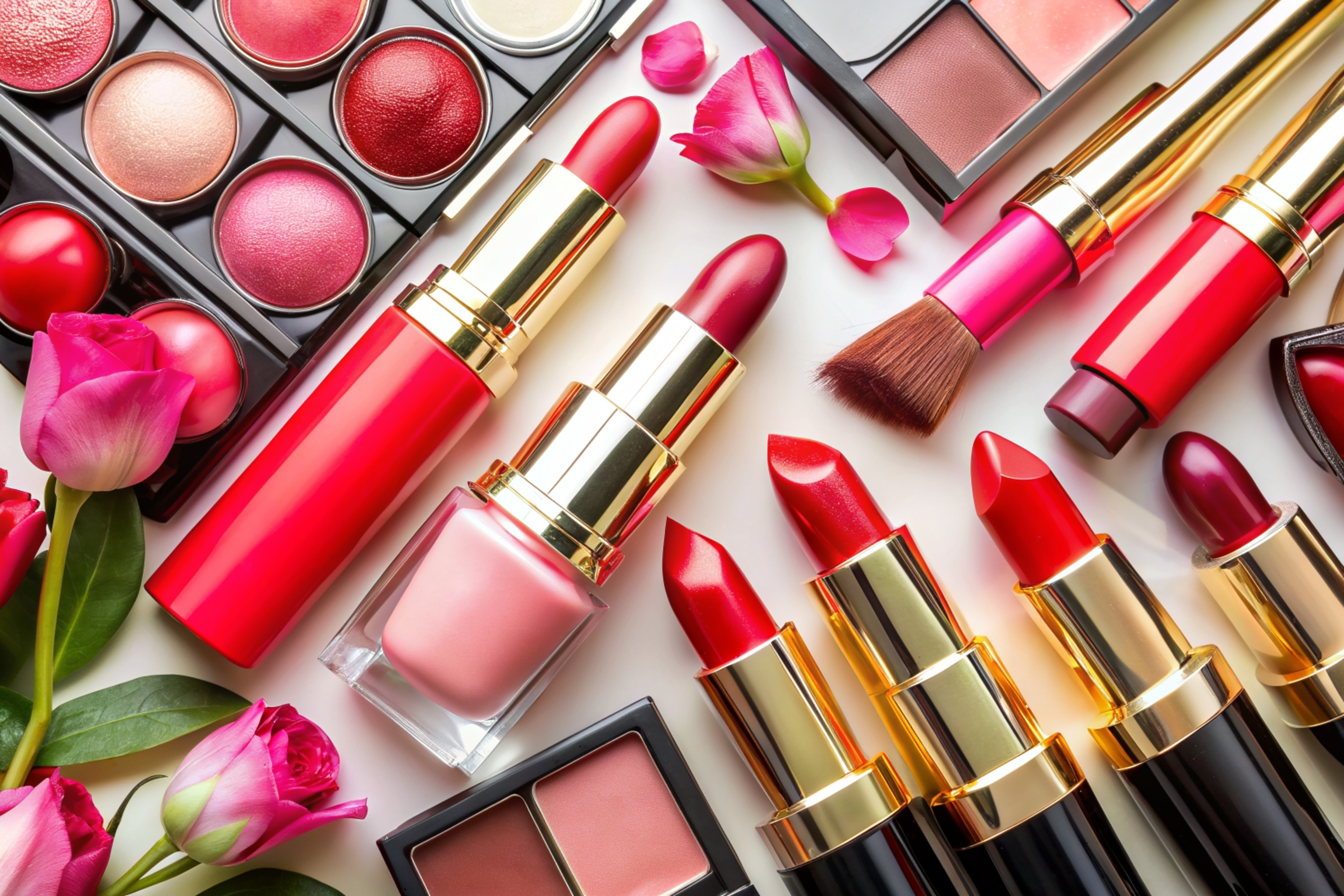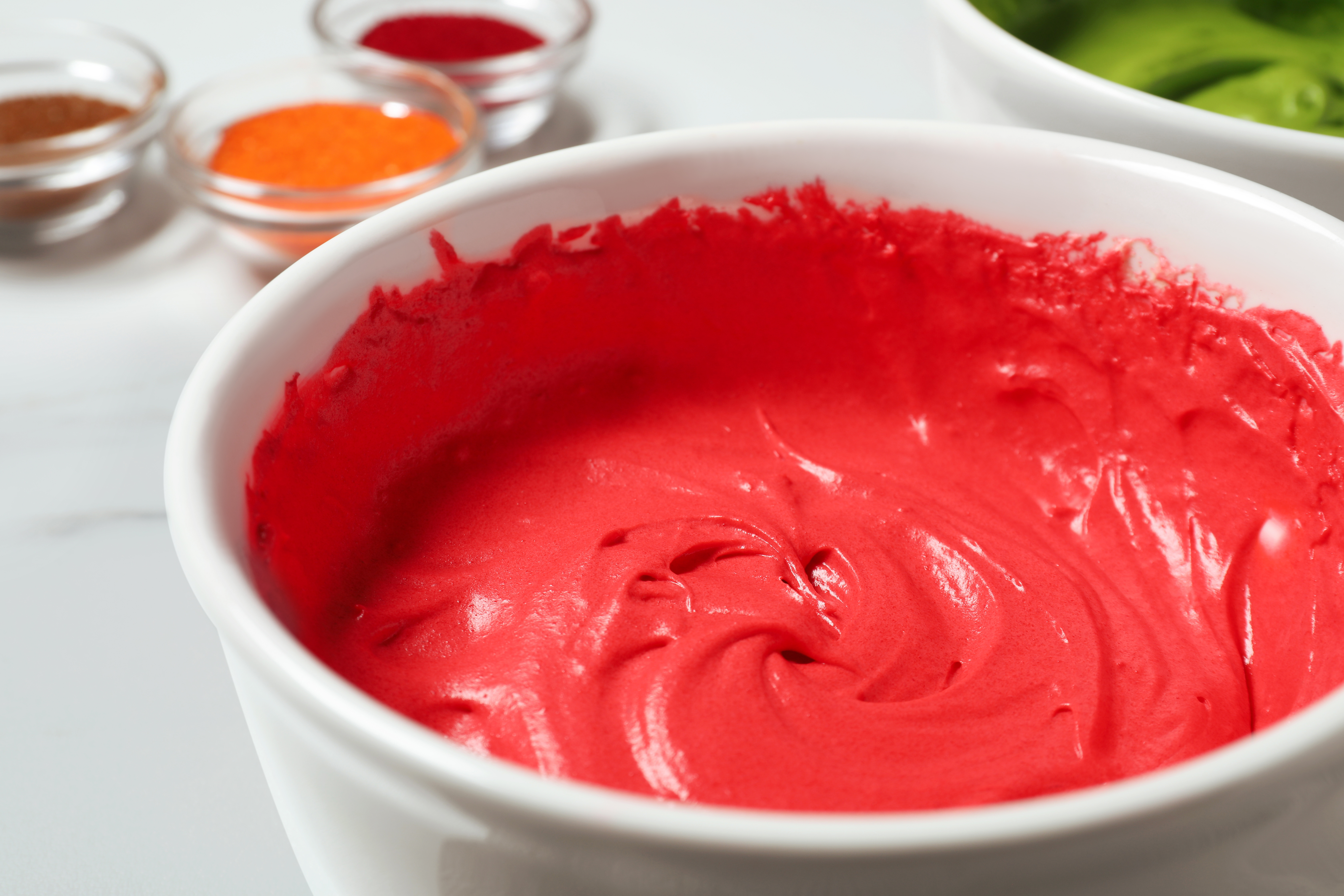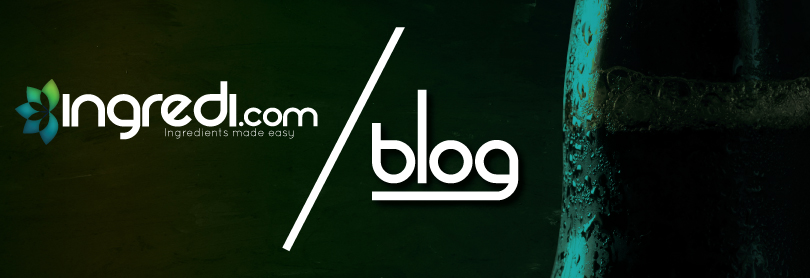FDA’s Red 3 Ban Explained: What It Means & Alternatives
By on Jan 17th 2025
Let’s Talk About the Color Red…
After a long period of correlational in vitro (laboratory cell and petri dish testing) and in vivo (in living organism testing) studies in rats, the FDA has finally determined that Red 3 will be banned in all food and beverage applications in the US. This announcement follows similar bans enacted in:
- California: 2023
- EU: 1994
- Australia: 1990
- New Zealand: 1987
Research in the US began back in the 1960s and continued through the 1980s, leading the FDA to ban Red 3 in cosmetic and drug applications. Further testing in food and beverages was needed to comply with the Delaney Clause, a 1958 amendment to the Federal Food, Drug, and Cosmetic Act. The Delaney Clause specifically states that any additive found to cause cancer in humans or animals must be banned, regardless of the exposure level. It underscores a “zero tolerance” approach in cases where an ingredient is linked to cancer through scientific testing.


Although this news may come as a surprise to some, artificial colorants have been under scrutiny recently due to in vitro studies suggesting possible correlations with health concerns. While these concerns linger, more in vivo studies are needed to determine whether other colorants pose similar potential risks.
Red 3 has already been phased out of much of the food and beverage space because it tends to degrade in color when exposed to light and other factors, shifting from a red hue to more of a pink or sometimes brown. It’s possible that this degradation is related to its suspected health risks. In contrast, colorants like Red 40 are still approved for human consumption, and do not degrade under similar conditions.
Here's a quick look at the main differences:
Red 3
- Banned in various regions (and now the US)
- Degrades easily when exposed to light, changing the color profile of products
- Associated with potential carcinogenic effects per in vivo studies
Red 40
- Still approved in the US, EU, Australia, New Zealand, and California
- More stable under similar conditions, doesn’t break down as readily
- Currently undergoing further scrutiny but no confirmed ban as of now
The recent push to better understand artificial colorants has prompted the FDA to test commonly used additives such as Red 40. All the previously mentioned regulatory bodies and regions still allow for its use in food and beverage applications.
If you’re looking for alternatives to Red 3, you can improve your overall product with Red 40 from Ingredi.
Sources:
- PBS: FDA Bans Red Dye No. 3 from Foods
- TIME: FDA Bans Red Dye No. 3
- KTSA: What is Red 40 and why hasn’t the FDA banned the dye?






